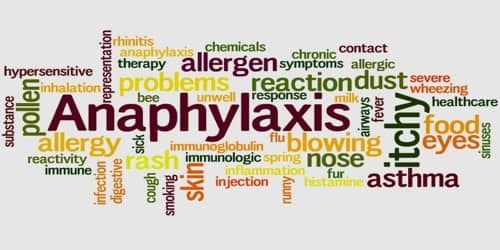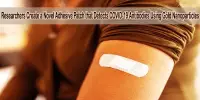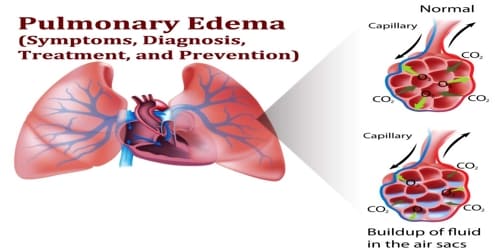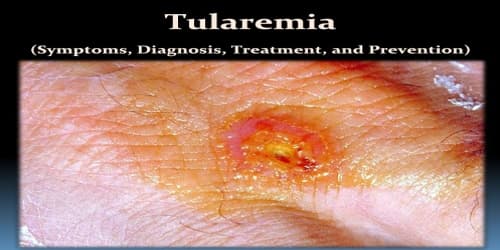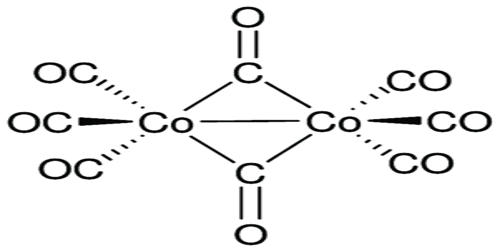Anaphylaxis
Definition: Anaphylaxis (pronounced “an-a-fi-lax-is”) is a potentially severe or life-threatening allergic reaction that can occur very quickly—as fast as within a couple of minutes of exposure to the allergen. It typically causes more than one of the following: an itchy rash, throat or tongue swelling, shortness of breath, vomiting, lightheadedness, and low blood pressure. These symptoms typically come on over minutes to hours. It must be treated as a medical emergency, requiring immediate treatment and urgent medical attention.
The term ‘’Anaphylaxis’’ comes from the Ancient Greek: ἀνά, translit. ana, lit. ‘against’, and the Ancient Greek: φύλαξις, translit. phylaxis, lit. ‘protection’.
It can be triggered by an allergy to a particular food (peanuts or shellfish, for example), biting or stinging insects (like bees), medication (penicillin is a common one), latex (the type of rubber many balloons are made from) or a variety of other allergic triggers.
The primary treatment of anaphylaxis is epinephrine injection into a muscle, intravenous fluids, and positioning the person flat. Additional doses of epinephrine may be required. Other measures, such as antihistamines and steroids, are complementary.
Worldwide, 0.05–2% of the population is estimated to experience anaphylaxis at some point in life. Rates appear to be increasing. It occurs most often in young people and females.
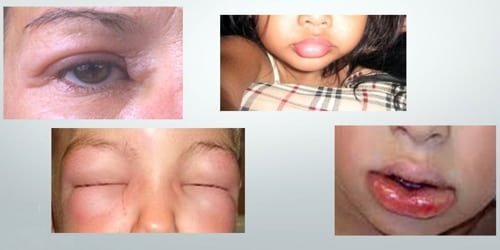
Causes, Sign, and Symptom of Anaphylaxis: Anaphylaxis can occur in response to almost any foreign substance. Common triggers include venom from insect bites or stings, foods, and medication. Foods are the most common trigger in children and young adults while medications and insect bites and stings are more common in older adults. Less common causes include – physical factors, biological agents such as semen, latex, hormonal changes, food additives such as monosodium glutamate and food colors, and topical medications.
Foods. The most common food allergies are eggs, milk, peanuts, tree nuts, soy, wheat, fish and shellfish. The most common food allergies in infants and children are eggs, milk, peanuts, tree nuts, soy, and wheat.
Insect stings from bees, wasps, yellow jackets and fire ants.
Latex found in things such as balloons, rubber bands, hospital gloves.
Medicines, especially penicillin, sulfa drugs, insulin and nonsteroidal anti-inflammatory drugs (NSAIDs) such as aspirin and ibuprofen.
The first signs of an anaphylactic reaction may look like typical allergy symptoms: a runny nose or a skin rash. But within about 30 minutes, more serious signs appear.
There is usually more than one of these:
- Coughing; wheezing; and pain, itching, or tightness in your chest
- Fainting, dizziness, confusion, or weakness
- Hives; a rash; and itchy, swollen, or red skin
- Runny or stuffy nose and sneezing
- Shortness of breath or trouble breathing and rapid heartbeat
- Swollen or itchy lips or tongue
- Swollen or itchy throat, hoarse voice, trouble swallowing, tightness in your throat
- Vomiting, diarrhea, or cramps
- Weak pulse, paleness
Some people also remember feeling a “sense of doom” right before the attack.
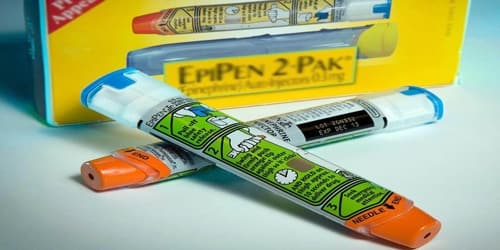
Diagnosis, Treatment, and Prevention of Anaphylaxis: Anaphylaxis is diagnosed on the basis of a person’s signs and symptoms. The doctor will use a series of tests to check how people react to things that cause allergies. Some tests just examine their blood, but others involve exposing them to a bit of the stuff that might cause their allergy:
- Skin prick or scratch testing: The doctor places a small drop of allergen on patient’s skin and scratches but doesn’t break the skin’s surface.
- Intradermal, or percutaneous testing: The allergens go under the patient’s skin and the doctor watches for signs of an allergic reaction.
Anaphylaxis is a preventable and treatable event. Knowing the triggers is the first step in prevention. Children and caregivers need to be educated on how to avoid food allergens and/or other triggers.
Epinephrine is the main treatment. Inhalers and antihistamines won’t work. Epinephrine reverses the more serious problems with breathing (wheezing and shortness of breath and the dangerous drop in blood pressure seen in anaphylaxis). The faster it is given, the better.
Anaphylaxis is a medical emergency that may require resuscitation measures such as airway management, supplemental oxygen, large volumes of intravenous fluids, and close monitoring. Administration of epinephrine is the treatment of choice with antihistamines and steroids (for example, dexamethasone) often used as adjuncts. A period of in-hospital observation for between 2 and 24 hours is recommended for people once they have returned to normal due to concerns of biphasic anaphylaxis.
Information Source:
